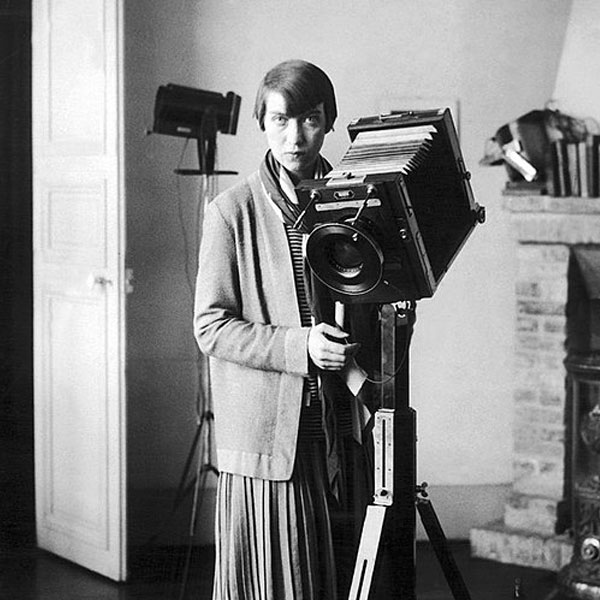Next time you go for a walk through the city, why not stroll instead? Wander for the sake of wandering, not to get somewhere specific, but to experience the city in its unique changing forms.
Observing Urban Change
The term flâneur was used by nineteenth-century French poet, Charles Baudelaire, to describe someone who strolls through the city without somewhere specific to get to.
This aimless wandering was a way of seeing and feeling things; making observations of modern urban life at a time when things were changing rapidly in Paris.
Berenice Abbott’s New York
In the twentieth-century, Berenice Abbott was doing something similar in New York. But with her camera. And with the intention of capturing its changing architectural landscape.
Her large format camera meant she captured more details (a bit like hi-res).
And her perspective – often worm’s eye or bird’s-eye views – carry us from the streets to the sky and scrapers.
She steers our gaze around all of these spaces.
Be Like Berenice

Do you notice the built environment around you when you walk? The buildings? The shapes of the old and the new? The gaps and alleyways? Concrete slabs with grass pushing through its gaps, moss growing on walls? The vistas along the lengths of long roads? The rows of trees that shade avenues, the lampposts that light them? The contours of the roofs and chimneys that line the horizon? The metal, concrete and glass? The highest man-made point that you can see?
Berenice’s photographs invite us to reflect on our own urban spaces.
21st Century Flânerie
Next time you go for a walk through the city, why not stroll insead? Wander for the sake of wandering, not to get somewhere specific, but to experience the city in its unique changing forms.
Look up, between, around and down. Feed your eyes.
You don’t even have to take a photo – making space for looking is enough.


















